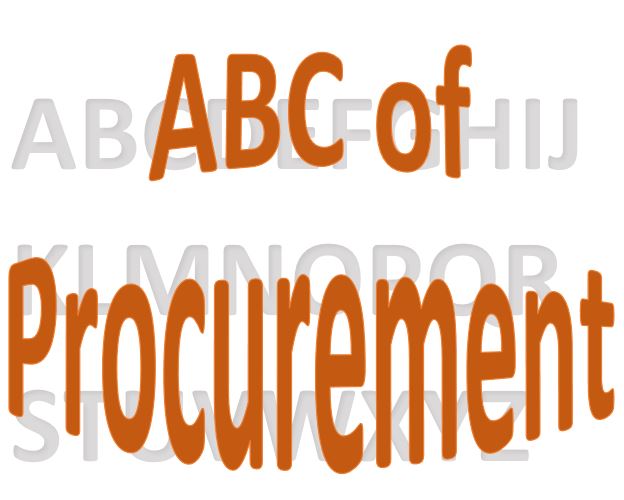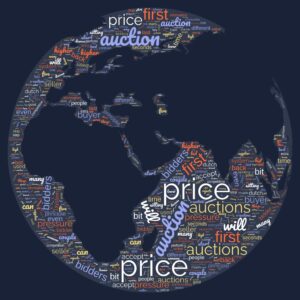These are real cases. For reasons you will understand, I can not go into more details. But I hope the logic behind these initiatives and projects will help you to figure out ways to create more savings while keeping both suppliers and stakeholders happy. So, here we go…
Marketing support
Many big brands will offer (and contract) large sums for marketing support. This includes stands, promotional materials, promo packs, etc. And then I heard from a colleague that Walmart never agrees to these kinds of deals and goes always only for a clear net price. Not sure if it’s true, please do not quote me on this. But it made me think. So, I went into details of the marketing activities statement, how our “marketing budget” was spent. Overpriced stands, T-shirts, free items. OK, did this increase the sale? Well, not really. Once I got the ROI on the marketing budget and presented it to the management, it was a natural decision to go with net price on our next contract. A third of my annual KPI was secured, and it was even less hassle for everyone else.
Product yield
O, here I have the perfect example. Spices. Cheaper spices are mixed with neutral ingredients or not well enough purified. Hence, do get the right taste, the chef needs to use more. This is the moment where the Purchasing needs to work jointly with the stakeholder to get it right. We buy better quality. The price per unit goes up. But the consumption goes down, so the total cost per unit of the final product goes down. To prove this, we had to dig into the specifications and costing and find the “sweet spot”. In our case, the most expensive ones were the cheapest.
Logistics
Never underestimate the total cost of logistics. The small fee here, the entry permit there, parking etc. In one case, a full container of goods lasts for about 45 days. Upon inquiring about the LCL (less than container load) transport costs, the transport itself is about 10% more expensive. So, we went with it to reduce our stock. What we did not factor in: the container travels 45 days, hence we had always one in transit and one to be ordered. Since the shipments were more frequent, the system reduced the safety stock. Consequently, we had in a year two airlifts to cover the gap. Furthermore, the cost in the customs, apart from the custom fee itself, is the same for LCL and FCL (Full container load). A year later, we figured out that our cost actually went up 25%, and quickly went back to FCL.
Blind testing
Suppliers will often offer a new product. It will be a bit different, still suitable for your use, and a bit cheaper. And the end-user will usually decline it. In most cases for no reason other than habit and/or bias. This is why my team always does blind tests. The end-user does not know which one is current, which one the new product. The second step is a month-long full trial. If they are still happy, we contract the new item. In the begin, we had a quite significant number of “mind change” after they see the new product. But with time it got reduced, and after a year or so the team was happy to try anything we proposed without any bias.
Packaging
Packaging, especially custom-made paper packaging is a great playground for creating savings. Did you know that the average paper waste in printing is 20%? By adjusting the size of your packaging, or making a commitment large enough that the producer can buy custom size paper, you can easily reduce your cost by 10% or more. Secondly, play with different materials. The range of papers and cardboards available is very wide nowadays. You will soon find suitable, but cheaper alternatives. Also, learn the tricks of the profession. Here is one that made me bang my head against the wall, literary. I worked for a paper converting company. We all know the paper rolls that are used in POS machines. They are standard dimensions to fit into the printer. Seems it is a very standard product, and the price depends on the price of the materials, the production cost and the profit margin of the producer. Not quite… The thickness of the paper used can vary up to 50%! And the only way to figure this out is by measuring the length of the paper on one roll. An old paper salesman told this to us. As you can imagine, we found the right material and smashed the market for about 6 months. Until the competition figured out what we are doing.
Apologies for the longer than usual post. This is a topic where I get very passionate. And it all could be told in one word: communication. With everyone. Suppliers, end-users, customers, even the guy on the gate. You never know where a good idea can pop up.




Pingback: Impact of procurement on the bottom line
Pingback: Is procurement adding value to the business?